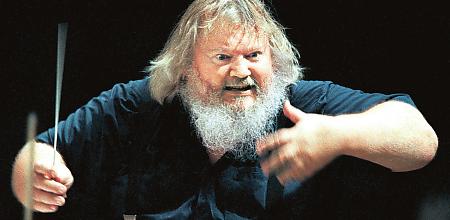

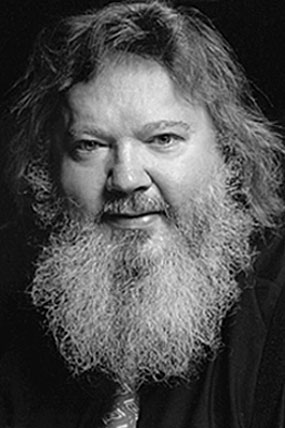 BD: It sounds like
you put an awful lot of trust in the musicians who are playing your
music.
BD: It sounds like
you put an awful lot of trust in the musicians who are playing your
music.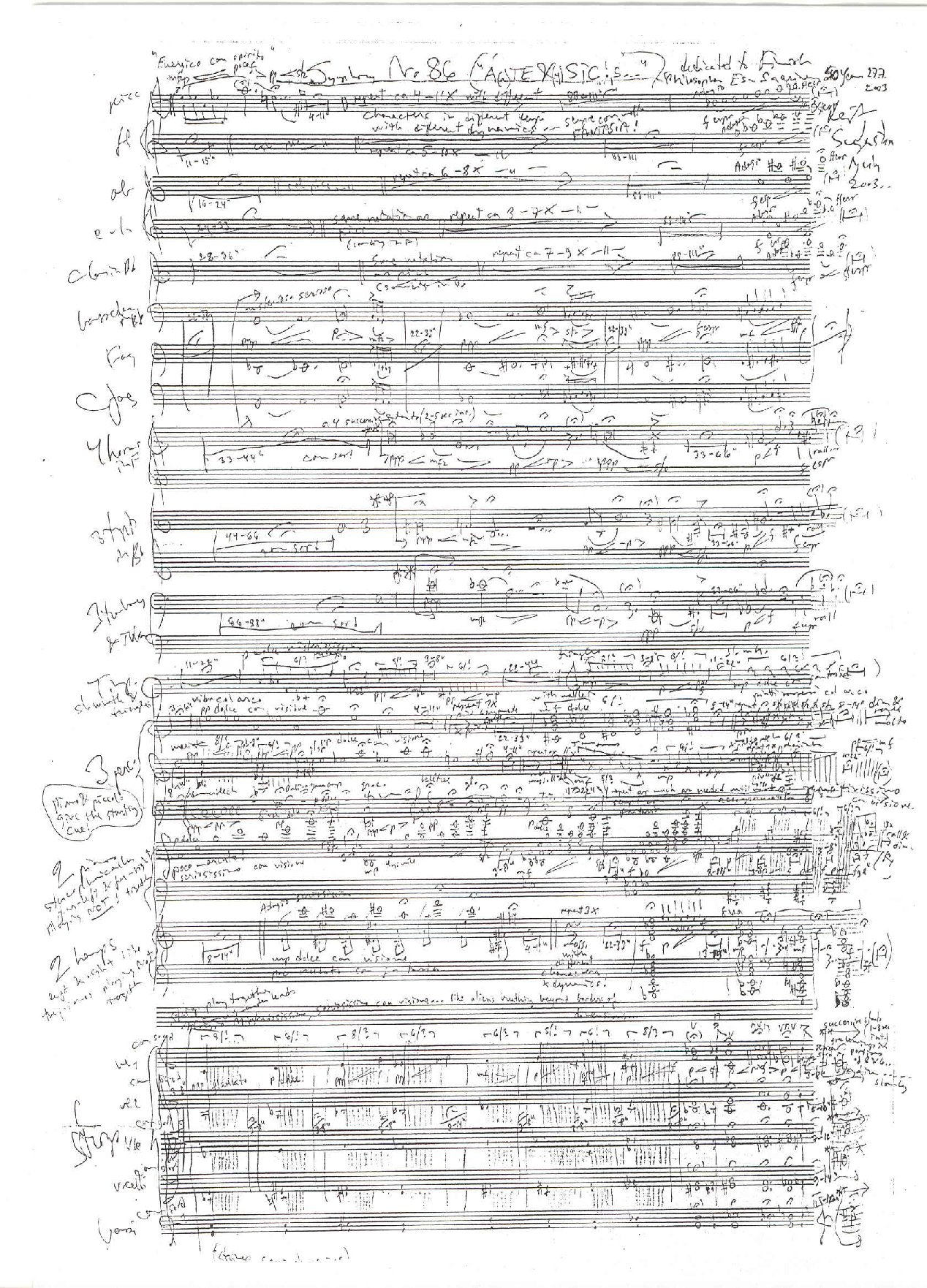
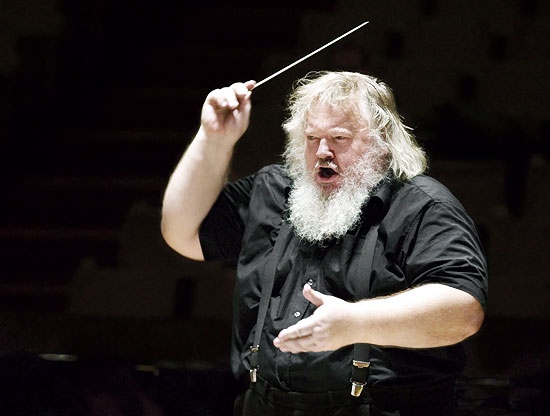 BD: When you’re
conducting a standard work, or even a new work, do you get all of your
work done in rehearsal, or do you leave a little bit of spark of
improvisation for the performance?
BD: When you’re
conducting a standard work, or even a new work, do you get all of your
work done in rehearsal, or do you leave a little bit of spark of
improvisation for the performance?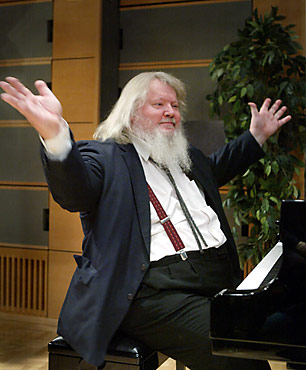 LS: [With a
matter-of-fact tone] Oh, I thought we answered that — communication.
LS: [With a
matter-of-fact tone] Oh, I thought we answered that — communication.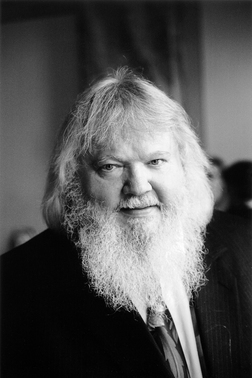 BD: Have you
written an opera yourself?
BD: Have you
written an opera yourself?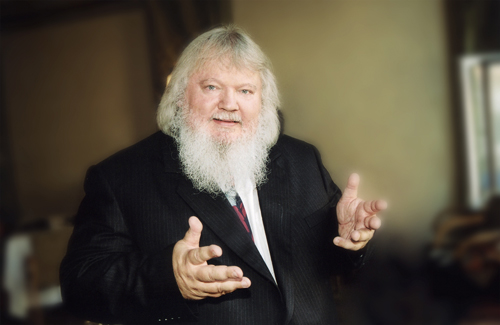 BD: So that’s what
music is — a wonder?
BD: So that’s what
music is — a wonder?Leif Segerstam is now Chief Conductor Emeritus of the Helsinki Philharmonic Orchestra in gratitude for his supremely successful period as the orchestra’s Chief Conductor for 12 years between 1995 and 2007. In addition he holds honorary titles with the Danish National Radio Symphony Orchestra and the Staatsphilharmonie Rheinland-Pfalz in Germany. He has also held the position of Chief Conductor of the Austrian Radio Symphony Orchestra in Vienna and of the Finnish Radio Symphony Orchestra as well as having been Music Director and Chief Conductor of the Royal Swedish Opera. 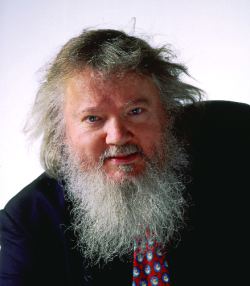 Leif Segerstam, born in 1944, is one of the most
versatile and interesting musical talents from the Nordic countries.
From 1953-1963 he studied violin, piano, composition and conducting at
the Sibelius Academy in Helsinki and then continued with a postgraduate
course at the Juilliard School of Music in New York. Leif Segerstam, born in 1944, is one of the most
versatile and interesting musical talents from the Nordic countries.
From 1953-1963 he studied violin, piano, composition and conducting at
the Sibelius Academy in Helsinki and then continued with a postgraduate
course at the Juilliard School of Music in New York.He began his conducting career with positions in the opera houses of Helsinki, Stockholm and Berlin with guest appearances which have included the Metropolitan New York, La Scala, Covent Garden, Teatro Colon, the Salzburg Festival and the Opera Houses of Cologne, Geneva, Hamburg and Munich. He is a frequent conductor at the Savolinna Festival. The numerous recordings made by Leif Segerstam are recognised by critics and public alike as outstanding amongst modern interpretations. They include the complete symphonies of Mahler, Sibelius and Nielsen in addition to several works by contemporary composers with the Danish National Radio Symphony Orchestra, Scriabin and Schnittke with the Royal Stockholm Philharmonic Orchestra, Brahms with the Staatsphilharmoinie Rheinland-Pfalz plus Reger and Alan Pettersson with the Norrköping Symphony Orchestra. Leif Segerstam has shown exceptional creativity as a composer throughout his musical career and has over 200 symphonies, 29 string quartets, 11 violin and 4 piano concerti as well as chamber and vocal music. In 1997 he made his débuts in North America with the Los Angeles Philharmonic, Toronto Symphony and Chicago Symphony orchestras. The 2000/2001 season saw his third visit to the Chicago Symphony Orchestra and his first appearance with the Detroit Symphony Orchestra led to an immediate re-invitation and a European Tour with them at the beginning of the 2001/2002 season. Since Autumn 1997 Leif Segerstam has been Acting Professor of Conducting at the Sibelius Academy in Helsinki. He was the winner of the 1999 Nordic Council Music Prize for his work “as a tireless champion of Scandinavian music.” In 2004 Leif Segerstam was awarded the annual State Prize for Music in Finland and in 2005 the highly esteemed Sibelius Medal. |
This interview was recorded in an office of the newly-renovated
Orchestra Hall in Chicago on December 5,
1997. Portions were used (along with recordings) on WNIB in
1999, and on WNUR in 2009. The
transcription was made and posted on this
website in 2009.
To see a full list (with links) of interviews which have been transcribed and posted on this website, click here.
Award-winning broadcaster Bruce Duffie was with WNIB, Classical 97 in Chicago from 1975 until its final moment as a classical station in February of 2001. His interviews have also appeared in various magazines and journals since 1980, and he now continues his broadcast series on WNUR-FM, as well as on Contemporary Classical Internet Radio.
You are invited to visit his website for more information about his work, including selected transcripts of other interviews, plus a full list of his guests. He would also like to call your attention to the photos and information about his grandfather, who was a pioneer in the automotive field more than a century ago. You may also send him E-Mail with comments, questions and suggestions.